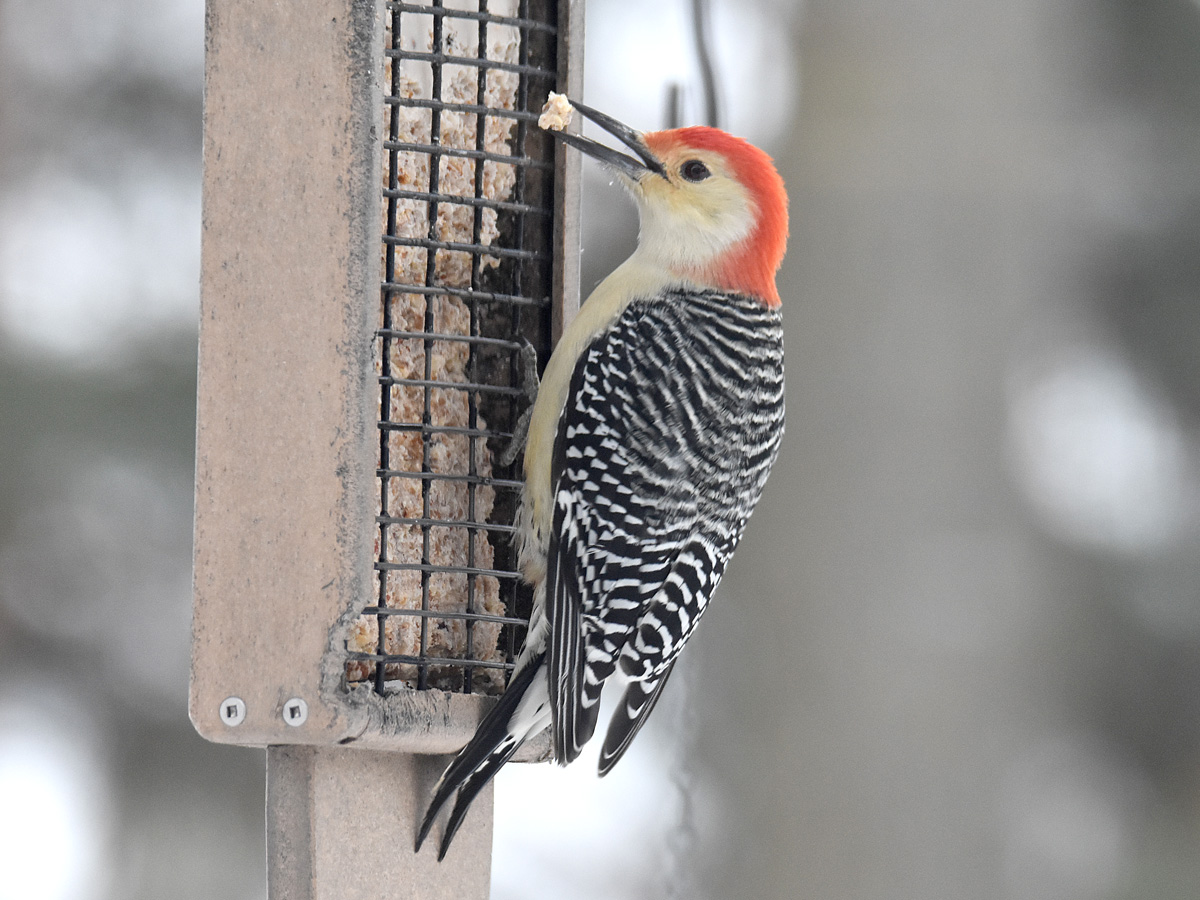Woodpeckers in Florida: Nature, Ecology, and Preservation
Wiki Article
Discover the Remarkable World of Woodpeckers: Whatever You Required to Know
The globe of woodpeckers is a world loaded with special habits, detailed adjustments, and a diverse selection of types. From their habitats and circulation patterns to their feeding routines and specialized anatomical features, woodpeckers have long captivated the interest of ornithologists and nature lovers alike. Recognizing the ins and outs of these interesting birds offers a glimpse into the complex interaction between their biology and the atmosphere. As we explore the globe of woodpeckers even more, we reveal a wide range of information that clarifies their value in ecological communities and the challenges they deal with in an ever-changing world.Woodpecker Habitats and Distribution
In North America, for instance, woodpeckers can be spotted in both coniferous and deciduous woodlands, utilizing their solid beaks to forage for insects and create nesting dental caries in trees. In Africa, particular woodpecker types have adapted to dry environments, such as the acacia timberlands, where they play a crucial function in controlling insect populaces.
Feeding Behaviors and Diet Regimen
Woodpeckers use their strong beaks to pierce right into the bark of trees, penetrating for bugs and larvae concealed underneath the surface area. In enhancement to pests, woodpeckers also consume nuts, seeds, fruits, and sap.Woodpeckers are recognized for their drumming behavior, which serves not just to interact with various other woodpeckers yet also to find food. The quick drumming noise is developed by the bird pecking on resonant surface areas like dead trees or steel poles. This actions can bring in insects hidden in the wood, allowing the woodpecker to identify their presence and feed on them.
Distinct Adjustments for Tree Climbing
In their experienced quest of bugs concealed within tree click for source bark, woodpeckers have actually advanced amazing anatomical functions that furnish them with unique adjustments for efficient tree climbing. Woodpeckers have strong neck muscular tissues and a distinct skull framework that absorb the effect of constant pecking, allowing them to climb up vertically without causing harm to their brains. These adaptations showcase the incredible evolutionary layout that allows woodpeckers to navigate trees with accuracy and efficiency.Diverse Woodpecker Variety Worldwide
With over 200 various types spread out across various habitats worldwide, the household of Picidae incorporates an exceptional variety of woodpeckers. These birds can be discovered in forests, timberlands, savannas, and even urban locations, showcasing their adaptability to various environments. From the renowned Northern Flicker i thought about this in North America to the vivid and evasive Crimson-backed Flameback in Asia, each woodpecker types shows unique qualities in terms of quill, behavior, and habitat choice.Woodpeckers differ greatly in size, with the petite Downy Woodpecker measuring around 6-7 inches in size, while the effective Lineated Woodpecker can rise to 17 inches - Woodpeckers in Florida. Their beaks additionally are available in different sizes and shapes, mirroring their feeding practices. Some varieties concentrate on removing bugs from tree bark, like the Acorn Woodpecker, while others, such as the Black-cheeked Woodpecker, prey on fruits and seeds

Conservation Efforts and Obstacles
Conservation efforts for woodpecker populaces are critical in minimizing the influence of habitat loss and other dangers facing these varied bird species. Woodpeckers deal with different obstacles to their survival, primarily due to deforestation, urbanization, climate modification, and invasive types. To deal with these concerns, preservation initiatives concentrate on shielding and bring back woodpecker environments, carrying out lasting forestry practices, and raising awareness regarding the value of these birds in communities.One significant obstacle in woodpecker preservation is the fragmentation of their habitats, causing separated populaces that are more susceptible to extinction - Woodpeckers in Florida. Guardians function to produce wild animals corridors and shielded locations that attach these fragmented environments, allowing woodpeckers to relocate between different areas for feeding, reproducing, and shelter

Verdict
In verdict, woodpeckers are interesting birds with distinct adjustments for tree climbing and feeding actions. Further research and preservation activities are needed to make certain the survival of woodpeckers in the wild.Report this wiki page